Common Mistakes When Seasoning With Salt
Salt is critical for bringing out flavors in the foods we cook. One of my problems with eating out, especially at good restaurants, is that I find chefs often oversalt their dishes. What do recipes mean when they say “salt, to taste.”
I’m not sure why, and this would be a great topic for another article, but I find it happens often. How about you? What are your experiences when dining out?
Regarding Salt
Salt is an electrolyte in the body and plays a vital role in cell function. It is essential: no salt equals death.
While not using enough salt in our cooking won’t kill us, salt is the most important and universally applicable spice. Technically, salt is not a spice; it is a mineral. Salt is the only rock that we eat.
And not just people – all animals are drawn to salt. There must be something hard-wired into us that seeks out salt because of its vital role in our chemistry. And, just as poisons are bitter to reduce the likelihood of accidental ingestion, salt is tasty, and we seek it out.
Coincidentally—or most likely not coincidentally—bitter and salty are two of the main flavors that we can taste. We recognize bitterness, so we can avoid it, and salt, so we can eat more of it. Pass the chips, please.
One of novice cooks’ most common mistakes is not using enough salt. I know that can be dangerous in this day and age where there is such a push for low-sodium options, but the problem is that salt, and a ton of it, can be found in almost all processed foods.
If you don’t believe me, check the labels and the sodium content. Avoiding processed foods and using salt appropriately allows us to enjoy great-tasting foods without blowing our sodium intake.
Remember, if you make a cake and add one teaspoon of salt to the batter, that might sound like a lot, but you’ll be cutting that cake into sixteen to twenty pieces, so each piece will only contain 1/20-1/16th teaspoon of salt. That’s roughly 120-150mg of added sodium per slice, considering that some ingredients contain sodium naturally.
Compare that to 1170mg sodium in 100g of cornflakes, 520mg in a McDonald’s hamburger, or 2456.2 mg in Outback’s dressed baked potato!*
While I am not a nutritionist, arguing with numbers like that is hard. Stay away from processed foods, only splurge occasionally at restaurants, and cook for yourself and your family. This seems to be a reasonable recipe for lowering sodium intake.
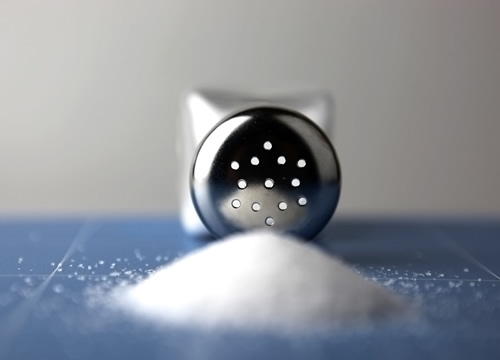
When to Use Salt
Use a judicious amount of salt in all of your cooking. This includes everything from soups to stews to salads to desserts. Using salt wisely allows the flavors of your foods to shine. Salt brings a depth of flavor to everything you make, and it’s a depth that you cannot get by using salt substitutes or no-salt blends.
If you have a serious health issue and your doctor has told you to severely curtail your salt intake, you can achieve similar seasoning results with citric acid (lemon or lime juice) and/or vinegar, but a no-salt herb blend will leave you with muddy flavors.
When to Add Salt
When using salt, season as you go should be your mantra. Add a pinch of salt with every layer you add to your dish. For example, if you are making a stew, lightly season your meat before browning. Then, add a bit of salt with any onions/celery/carrots, etc. that you cook.
If you add tomatoes, add a pinch more salt. Add a bit of salt each time you add another ingredient/combination of ingredients, and your food will be well-seasoned but not taste salty. If you wait to add salt at the end of cooking, your dish will taste salty.
Right before serving, taste what you’ve made one more time – you have been tasting all along, right? – and add a bit more salt if necessary.
*Nutrition information from: Healthy Eating Club, McDonalds and Outback
What If I Add Too Much Salt?
If you season and taste as you go, this should not be a problem. I should note that if you add a canned or boxed broth or stock to your dish or if you are going to reduce (cook down) a salted liquid, have a very light touch with the salt and make sure to taste your food after you have reduced it. Reducing a liquid increases the salt concentration in your liquid, so tread lightly here.
If you end up with a dish that is too salty, there are a couple of things you can do to help fix it. Add some water, wine, or other non-salty liquid to help decrease the salt concentration.
If you’re making a stew or a soup, add a couple of cut-up potatoes and let simmer. Through osmosis, some of the salt will end up in the potato and not in your soup. Then, remove the potato, and you should be good to go.
Once, I had to rescue overly salted mashed potatoes. I removed some of the salty mash and set it aside. Then, I cooked a couple more potatoes in unsalted water, mashed them, and added them to the original dish. Dish: rescued!
Another way to inadvertently add too much salt to a dish is to try substituting table salt for kosher salt. Table salt, which many people still use for seasoning during cooking, is made of very fine grains and packs down pretty tightly.
Kosher salt has larger, flakier crystals and does not pack down. As a result, one teaspoon of table salt contains more salt by weight than one teaspoon of kosher salt. If the recipe specifically calls for kosher salt, use it. If you don’t have kosher salt, start with half the amount called for of table salt and then season to taste from there.
How Can I Tell If I’ve Added Enough Salt without Adding Too Much?
You’ll get better at seasoning the more you do it. I once heard of a chef who made his new kitchen hires do this: start with a cup of unsalted chicken stock and add one grain – literally – of salt at a time, noting the differences in the flavor with each addition.
While I don’t necessarily recommend doing that, it is not bad practice to start with a bland dish, which I define as anything that doesn’t contain salt, and add a little salt at a time, tasting as you go. In this way, you’ll know what an under-seasoned dish tastes like.
You’ll also know what a well-seasoned dish tastes like. You will notice that the salt brings out all the dimensions in the dish and can take a bland dish and elevate it to something heavenly.
Hopefully, you will only have to taste an over-seasoned dish once!
What About All Those Pink and Gray Salts Out There?
While all salt mostly contains sodium chloride, some contain varying degrees of other minerals or even organic compounds that lend color and subtle (and not-so-subtle) flavor to the salt. Generally speaking, save uniquely colored and flavored specialty salt for finishing and use a more purely salty salt, like kosher and sea salt, for cooking.
Specialty salts are also usually coarser than cooking salts, and chefs have learned to use the large crystals for their shine and sparkle, a crunchy flavor accent, and a nice hit of color to the plate.

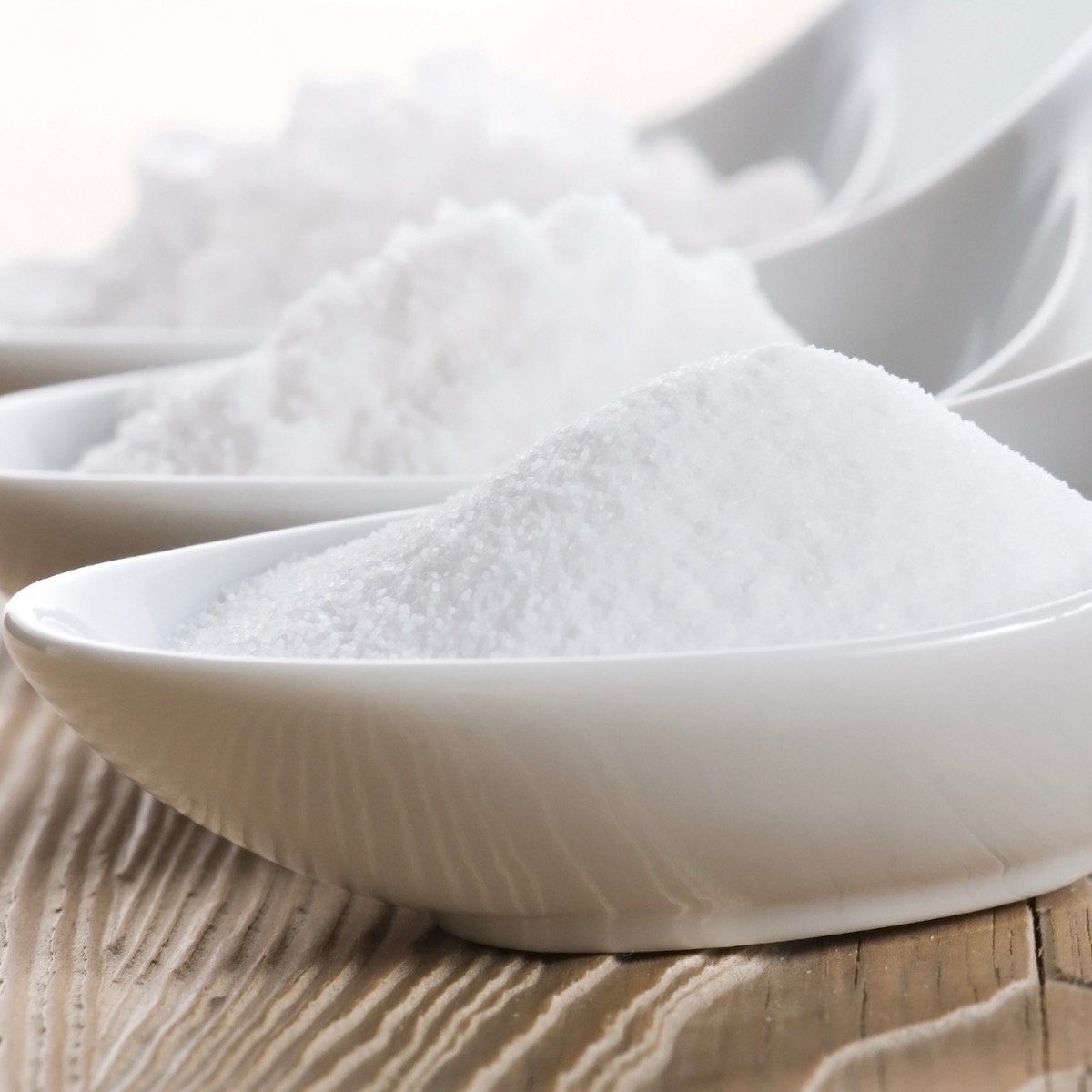
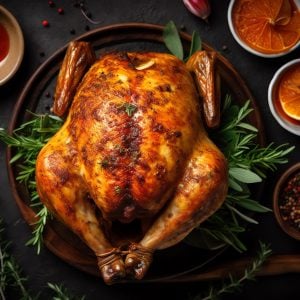
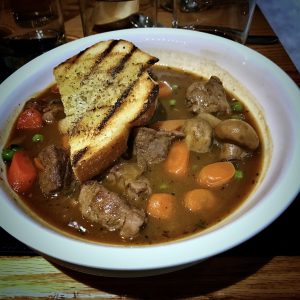
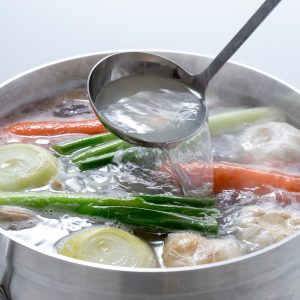
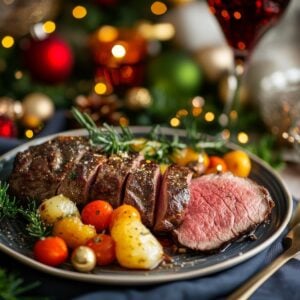
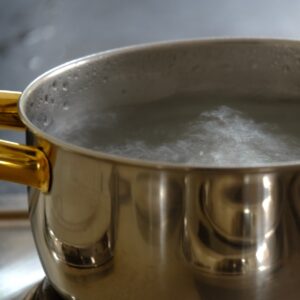
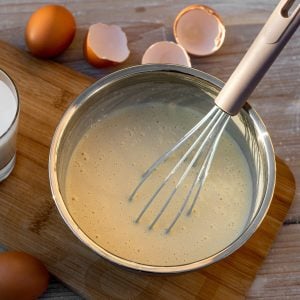
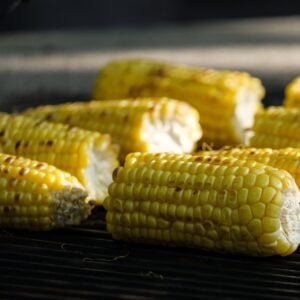




3 Responses
I just stumbled unto your site and am enjoying it a lot. Thanks!
One way eateries fail on oversalting is buying seasoning blends from purveyors and not taking the time to make their own. I am pointing at Blackened and Jerk seasonings as the shining example here. The first thing on the ingredient list is Salt. In the real world Salt doesn’t even enter the equation. I once sent back my Blackened Salmon at a place for tasting like a Salt lick. The server made a snide remark about if I don’t like Blackened I shouldn’t order it! Questioning the kitchen we learned they use Sysco seasoning. #1 on the box listed was Salt. Chef was not aware and said he would start making his own.
Thanks for pointing this out Bob.
I enjoyed perusing your pages on seasoning. They confirmed much of what I already know but also conveyed some information I was not aware of. Thanx!